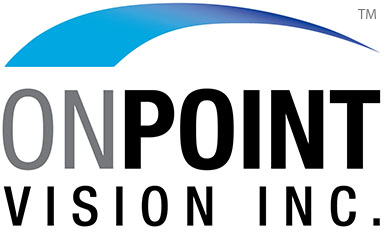PRESS RELEASE
ALISO VIEJO, Calif., October 26, 2023, OnPoint Vision Inc, a privately held ophthalmic medical device company, announced the FDA approval of their Investigational Device Exemption (IDE) application to begin Phase I of their pivotal clinical trial of the AccuraSee™ Intraocular Pseudophakic Capsular Lens (IOPCL) Magnifier (MAG) for secondary implantation in the capsular bag with a pre-existing 6mm acrylic posterior chamber intraocular lens (IOL). The IOPCL MAG is neutral optic (Plano power) with a central +10.0D 1.8mm zone designed to magnify near images when unilaterally implanted in low vision pseudophakic subjects with stable Age-Related Macular Degeneration (AMD) at least 6 months after cataract surgery. The IOPCL MAG was originally implanted in First in Human (FIH) study in the US under a separate Early Feasibility Study (EFS) IDE where enrollment is complete and patient follow-up is on-going.
OnPoint Vision also announced the FDA approval of a third refractive EFS IDE to evaluate the initial safety and effectiveness of the AccuraSee™ IOPCL (monofocal) for secondary implantation in the capsular bag to improve near and/or intermediate vision by inducing myopia (monovision) when implanted in the non-dominant eye in up to ten (10) pseudophakic subjects following at least 6 months after previous cataract surgery. This will be the second EFS of the monofocal IOPCL, where as the FIH study of the monofocal IOPCL was conducted in low vision subjects. This first EFS was completed and closed under a separate IDE.
CAUTION AccuraSee™ IOPCL and AccuraSee™ IOPCL MAG are Investigational devices. Limited by Federal (or United Sates) law to investigational use.
About the Technology
OnPoint was founded in 2019, the founder and inventor of this technology, Kevin J. Cady, CEO and President has been involved in innovative ophthalmic products for the past 30-years. The IOPCL (Intraocular Pseudophakic Capsular Lens), was originally designed to correct post-cataract residual refractive errors. However, it quickly became apparent that this lens platform could be used for a variety of pseudophakic refractive applications.
